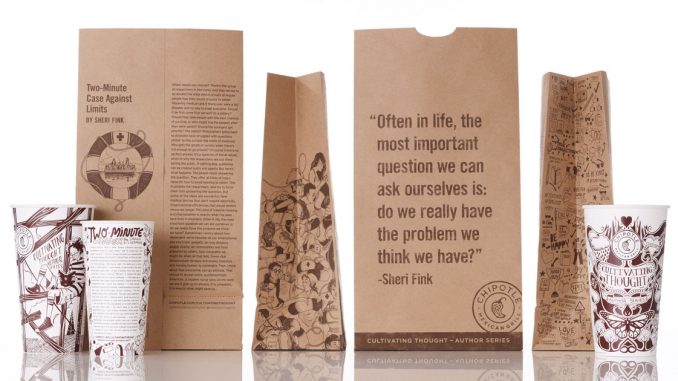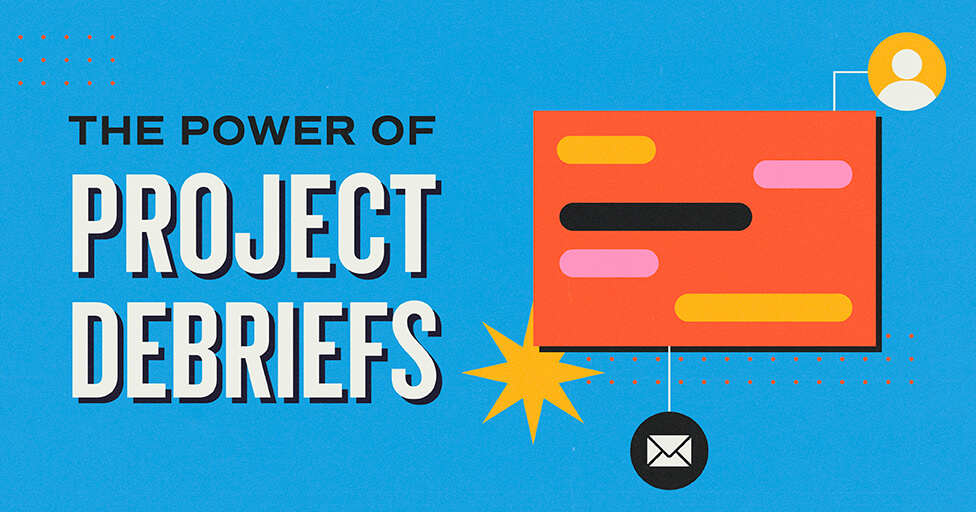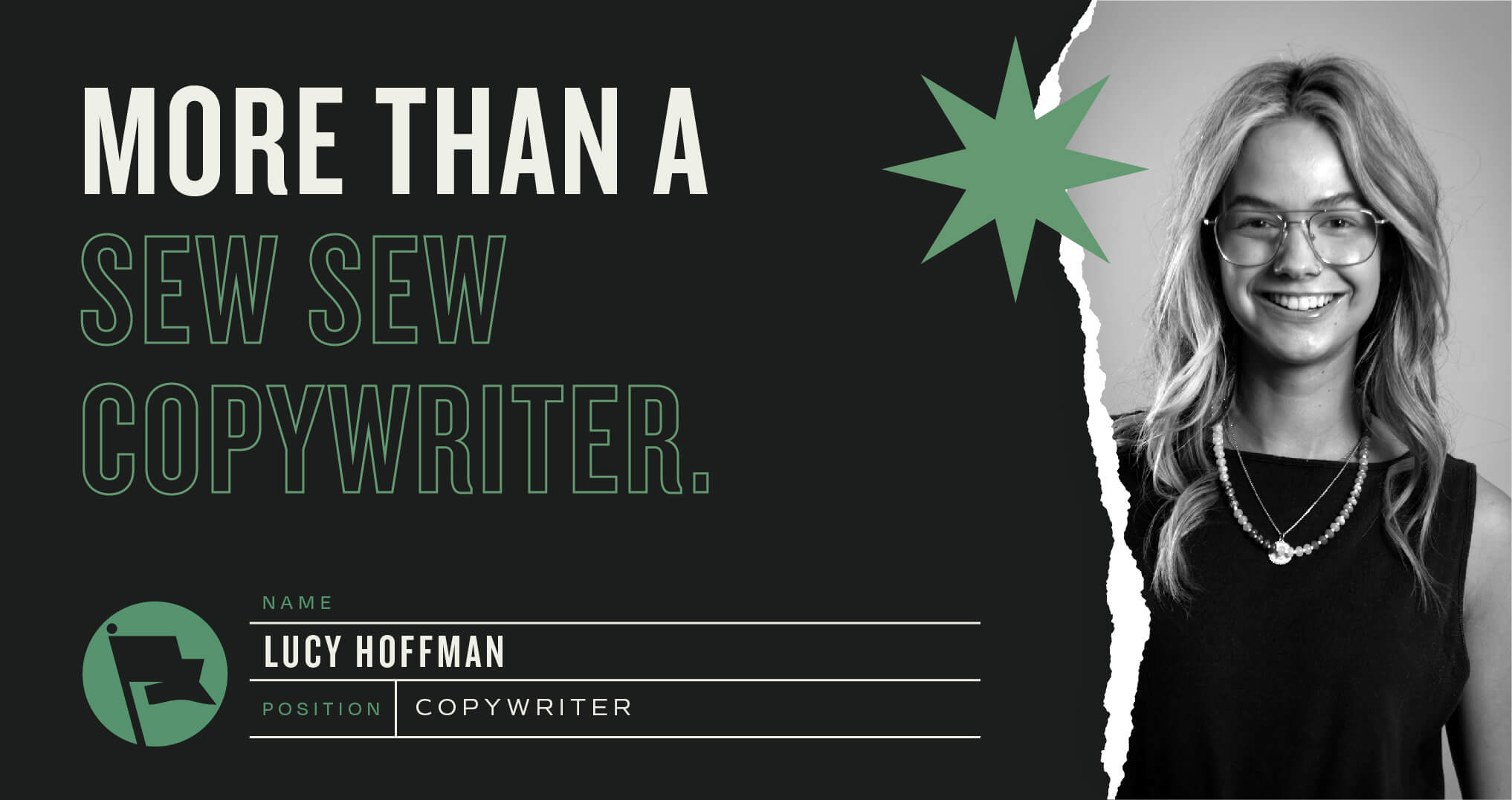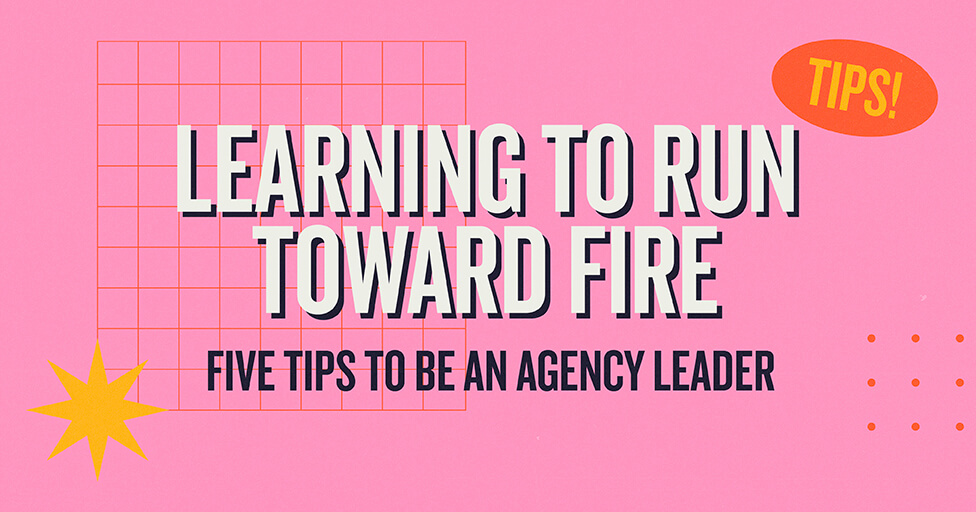
When it comes to packaging, heritage CPG brands have the toughest decision of all: do I modernize my packaging to appeal to a younger consumer base and risk alienating my brand-loyal customers, or do I continue using the same package design, knowing that it looks dated next to my competitors? This is likely a conundrum for many heritage brands, but the general consensus is usually to continue focusing on baby boomers because it has worked in the past and package redesigns aren’t cheap.
But before you kick the millennial can further down the road, consider this: millennials are the largest and most influential generation in U.S. history (yes, they’ve surpassed baby boomers at this point). Currently, 25% of the U.S. population could be classified as millennials—some of which are already in their mid-thirties.
So heritage CPG brands should at least be entertaining the idea of a package redesign at this point in time. And in doing so, they should consider three things: the overall design, key messaging points, and package materials. Each of these things should be designed with the idea that millennials are looking for products that align with their personal identity.
Overall Design
It’s a given that your product packaging should be modern and well designed. But understanding why will help you hone in on the right look for your product.
Millennials tend to view the products they use as an extension of who they are. If your product is something a customer carries with them outside the home, design it like it’s another accessory. Also consider the way younger audiences engage with products on social media. Designing Instagram-worthy packaging will encourage consumers to post photos with it on their social channels, which is the best form of free advertising out there.

Packaging that feels customized has attracted this audience in recent years. Giving consumers the choice between several designs and styles draws their attention and caters to their sense of identity. Coca-Cola aligned its packaging design to its “Share a Coke” campaign by playfully swapping the traditional branding with first names, creating a fun shopping experience where consumers could discover a can of Coke with their name on it.
Key Messaging Points
While millennials are more frugal than their boomer counterparts, they will pay more for a product that aligns with their value system. Generally, millennial consumers prefer to affiliate with well made, artisan goods over mainstream, processed goods. If your product is ethically produced, environmentally sustainable, or handcrafted, highlight this on your packaging. Similarly, millennials also enjoy supporting a greater good through the products they buy, so consider including information about your company’s philanthropy on the packaging. Adding social media icons or campaign hashtags also alerts these consumers to your company’s online community.
Paired with a great design, these key messaging points will further encourage consumers to affiliate themselves with the product and brand by sharing photos on social media. Rebbl, a food and beverage company, promises to improve your health with ethically-sourced herbal tonics. Not only does the company use phrases like “ethically sourced” and “craft brewed” on their package designs, Rebbl also includes information about the health benefits of their ingredients right there on the bottle, providing the perfect photo op for anyone looking to promote themselves as health conscious.

Package Materials
Packaging materials should align with the values communicated by the messaging and the package design to create a unified look and feel. If the package design is intended to suggest high quality, the packaging material should back that up with a luxurious finish or solid weight that reinforces quality when consumers handle the product in-store.
Another thing to consider is whether to make the packaging eco-friendly. If appealing to an ecologically conscious consumer base (which many millennials are), you may consider using recyclable, sustainable materials—especially if you’re including sustainability messaging on your packaging.
Understanding their consumer base responds well to ethically sourced food, Chipotle reinforces their brand values through their packaging materials. Companies aligning with sustainable messaging must carry that through in every aspect of their brand in order to pass millennials’ authenticity test.

Planning for the Future
While a package redesign is likely imminent for any heritage CPG brand looking to maintain or increase sales over the next decade, it’s still a large undertaking that requires thoughtful strategy and planning. Understanding millennials in your consumer base will provide a foundation for future creative work. Releasing limited edition designs in certain markets can be a good litmus test for a future full-scale redesign; plus, millennials respond well to exclusivity. Consider releasing a campaign-specific design or one that aligns with a key season or philanthropic cause. If you want to bounce some ideas around with our creative team, hit us up.
Subscribe to our newsletter
Get our insights and perspectives delivered to your inbox.


